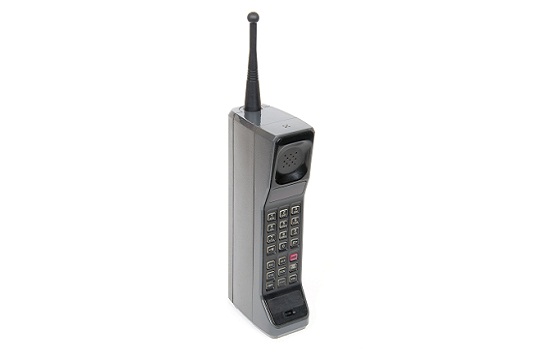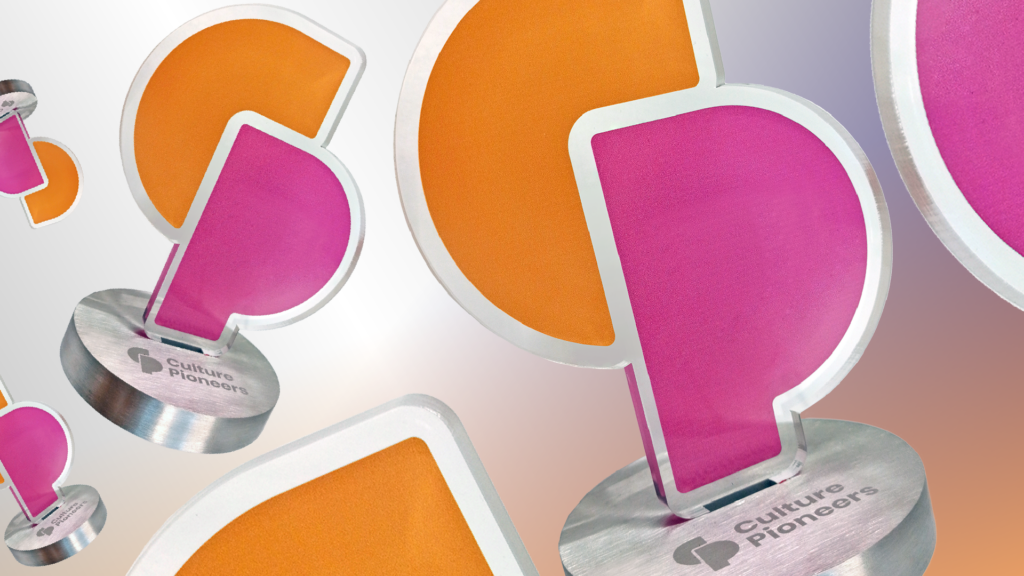Gerry Griffin of Skill Pill M-Learning looks at the five mobile learning mistakes to avoid.
Mobile learning can be a powerful tool for L&D. It facilitates learning on the go, is engaging and highly personal. However, many m-learning projects don’t deliver on the high expectations they were built on. Why? We have found there are five common and easily avoidable mistakes organisations make when experimenting with m-learning:
Thinking the iPad is a mobile device
Many learning departments misunderstand the level of difference between smartphones and tablets. Because of this, they furnish their population with tablets as the main means of supplying content. In most cases, the result is low user uptake and poor engagement. The problem lies in not having the right tools for the job.
It’s pivotal to understand that the difference between tablets and smartphones goes much further beyond size and functionality. The psychology and pedagogy of usage is what counts. Tablets are essentially a more portable version of a netbook. The smartphone, on the other hand, is truly mobile – checked 150 times a day by the user and generally always to hand. The fact that users interact on a much more personal level with their smartphone than their tablet makes mobile the ideal space to deliver content to.
Pushing content to the mobile channel
Companies tend to make the mistake of copying the strategy used in elearning programmes. The problem is mobile doesn’t respond well to these long, compliance-based learning programmes. In particular, elearning works by pushing content to populations while m-learning thrives when the users themselves pulls it down.
To make m-learning work, L&D departments need to take a step back from closely monitoring individual usage. Instead, they should guide the user to self-diagnose and pull down the right content just in time to deal with whatever situation arises.
Using the wrong tone of voice
Another common issue within m-learning programmes is the presentational tone of voice often employed. This works for formal elearning interventions via PCs or tablets. However, mobile requires a more informal approach.
Mobile learning enters personal space, in a way that tablet or personal computers cannot. For this reason, the tone of voice in m-learning programmes should be conversational rather than presentational; coaching rather than didactic.
Having unrealistic expectations
Without doubt, the smartphone represents extraordinary technological capability. It benefits both our work and personal life, whether as a fitness app or the ability to access work emails on the go. As a result, many organisations expect m-learning to reinvent the face of their learning strategy. The simple fact is the mobile is a tool, like a spoon or fork. It is there to do a specific job – to deliver a return on investment.
To get the most from m-learning, L&D should examine the specific objectives they are looking to achieve and see what role mobile can play. M-learning should support, not replace, face-to-face and other learning interventions. For example, a sales rep can use their mobile just before a meeting to get them in the right zone by refreshing on product features they may have learned in sales training.
Reheating elearning content and expecting it to work
It's easy to get hung up about technology when it comes to mobile learning but the real driver for the market is content. You can't reheat any old content and drop it onto a mobile and expect success. To deliver a return on investment by improving productivity and content retention, content needs to be fit for purpose.
Here's our view of what makes great mobile content:
- Keep it short and sharp: Divide content into two- to three-minute pieces to sharpen key learning points
- Deliver some smarts: Make sure content encourages a couple of practical ways the learner can improve their day-to-day performance
- Encourage collaboration when creating content: A series of 'do differents' from respected colleagues on the ground drives up user engagement and increases its retention
- Link content to workplace challenges: Linking material to workplace challenges helps users to pull down useful material at point of need.
Gerry Griffin is director of Skill Pill M-Learning and a former director of the London Business School and author of six business books. Gerry founded Skill-Pill in 2007, and is passionate about the impact m-learning can have in supporting executives in the workplace
Gerry Griffin of Skill Pill M-Learning looks at the five mobile learning mistakes to avoid.
Mobile learning can be a powerful tool for L&D. It facilitates learning on the go, is engaging and highly personal. However, many m-learning projects don’t deliver on the high expectations they were built on. Why? We have found there are five common and easily avoidable mistakes organisations make when experimenting with m-learning:
Thinking the iPad is a mobile device
Many learning departments misunderstand the level of difference between smartphones and tablets. Because of this, they furnish their population with tablets as the main means of supplying content. In most cases, the result is low user uptake and poor engagement. The problem lies in not having the right tools for the job.
It’s pivotal to understand that the difference between tablets and smartphones goes much further beyond size and functionality. The psychology and pedagogy of usage is what counts. Tablets are essentially a more portable version of a netbook. The smartphone, on the other hand, is truly mobile – checked 150 times a day by the user and generally always to hand. The fact that users interact on a much more personal level with their smartphone than their tablet makes mobile the ideal space to deliver content to.
Pushing content to the mobile channel
Companies tend to make the mistake of copying the strategy used in elearning programmes. The problem is mobile doesn’t respond well to these long, compliance-based learning programmes. In particular, elearning works by pushing content to populations while m-learning thrives when the users themselves pulls it down.
To make m-learning work, L&D departments need to take a step back from closely monitoring individual usage. Instead, they should guide the user to self-diagnose and pull down the right content just in time to deal with whatever situation arises.
Using the wrong tone of voice
Another common issue within m-learning programmes is the presentational tone of voice often employed. This works for formal elearning interventions via PCs or tablets. However, mobile requires a more informal approach.
Mobile learning enters personal space, in a way that tablet or personal computers cannot. For this reason, the tone of voice in m-learning programmes should be conversational rather than presentational; coaching rather than didactic.
Having unrealistic expectations
Without doubt, the smartphone represents extraordinary technological capability. It benefits both our work and personal life, whether as a fitness app or the ability to access work emails on the go. As a result, many organisations expect m-learning to reinvent the face of their learning strategy. The simple fact is the mobile is a tool, like a spoon or fork. It is there to do a specific job – to deliver a return on investment.
To get the most from m-learning, L&D should examine the specific objectives they are looking to achieve and see what role mobile can play. M-learning should support, not replace, face-to-face and other learning interventions. For example, a sales rep can use their mobile just before a meeting to get them in the right zone by refreshing on product features they may have learned in sales training.
Reheating elearning content and expecting it to work
It's easy to get hung up about technology when it comes to mobile learning but the real driver for the market is content. You can't reheat any old content and drop it onto a mobile and expect success. To deliver a return on investment by improving productivity and content retention, content needs to be fit for purpose.
Here's our view of what makes great mobile content:
- Keep it short and sharp: Divide content into two- to three-minute pieces to sharpen key learning points
- Deliver some smarts: Make sure content encourages a couple of practical ways the learner can improve their day-to-day performance
- Encourage collaboration when creating content: A series of 'do differents' from respected colleagues on the ground drives up user engagement and increases its retention
- Link content to workplace challenges: Linking material to workplace challenges helps users to pull down useful material at point of need.
Gerry Griffin is director of Skill Pill M-Learning and a former director of the London Business School and author of six business books. Gerry founded Skill-Pill in 2007, and is passionate about the impact m-learning can have in supporting executives in the workplace






